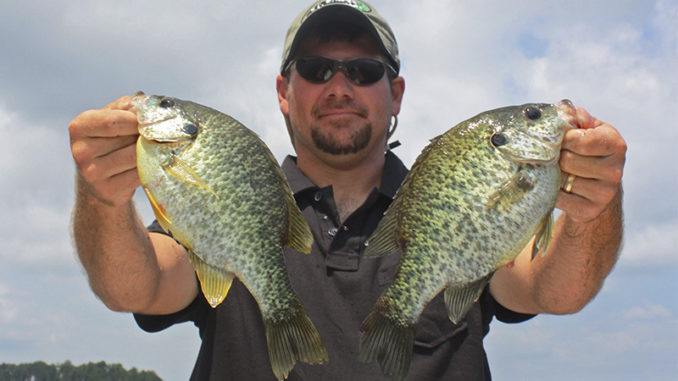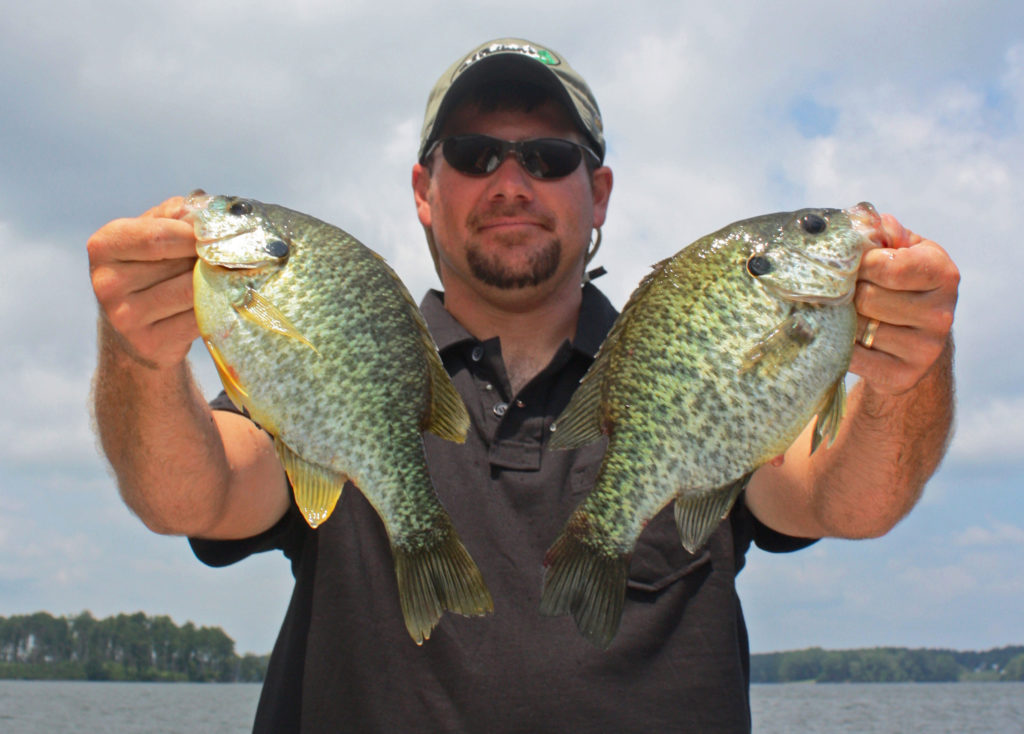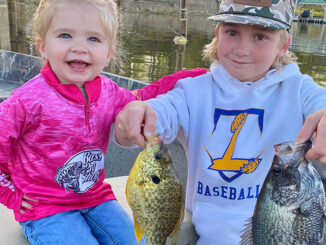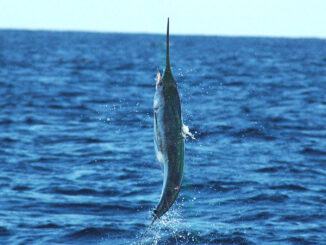
Look for the right kind of lake bottom and the right depth and you’re halfway there
Fishing beds is an extremely productive way to catch huge bluegills or shellcrackers. It enables anglers to target the big males guarding the beds. One of those anglers is guide Brad Taylor, who has several tips for consistently catching bedding fish.
“There are tried and true techniques for finding bream beds, as well as a high-tech method,” said Taylor (803-331-1354). “First, locate the right bottom substrate. Bream prefer sandy or pea gravel bottoms so they can build a bed. A bed is simply a fanned depression on the bottom for females to deposit eggs that is guarded by the big males. If the bottom is mucky, pass it by.
“To locate the actual bed, focus on water depths from shallow down to 5 feet deep,” he said. “When I locate a bream bed in that depth I will check deeper adjacent water. Because typically, the largest fish will be in the deepest water of a bed.”
Taylor employs two strategies for locating beds
“Fishing dingy water, I’ll power fish,” Taylor said. “I’ll have two fishermen working the front of the boat, one fishing crickets at a fixed depth with a float, the other with a slip float using worms. The fixed-float depth is changed according to the depth fished to keep it just off the bottom. The slip float allows the worm to sink to the bottom. Both baits catch both species. But crickets will target bluegills, and shellcrackers prefer worms.
“I move fast, and the anglers keep casting and working until we catch a big male bream. And then we work that area with the appropriate bait for the species caught,’” he said.
“In clear water, I look for beds with polarized glasses and use the electric motor to quickly run through the shallow water looking for beds,” Taylor said. “I slip back, making long casts to the target, working the edge of the bed and move in as needed.”
He also uses another to locate concentrations of spawning bream
“I find many beds by smell,” Taylor said. “The smell is a fishy smell, distinct but consistent. And once a fisherman scents it, it’s an easy scent to remember.”
Taylor (803-331-1354) said the high-tech era for bream-bed fishing has arrived.
“The Humminbird side scan unit is changing bream-bed fishing for me,” he said. “I’ll idle down a sandy shoreline, tune my unit to side scan one side for a distance of 60 feet and look for multiple small craters on the screen. I cast crickets and worms to the location, then target the species I find.
“A final tip is shellcrackers often bed earlier than bluegills,” he said. “After fishing a shellcracker bed, return the next month. It’s almost guaranteed to have either bluegill or more shellcrackers bedding in the same spot.”
Taylor said the week of the full moon, about three days on either side, is prime time for bream bedding, although bream may bed at any moon phase.





